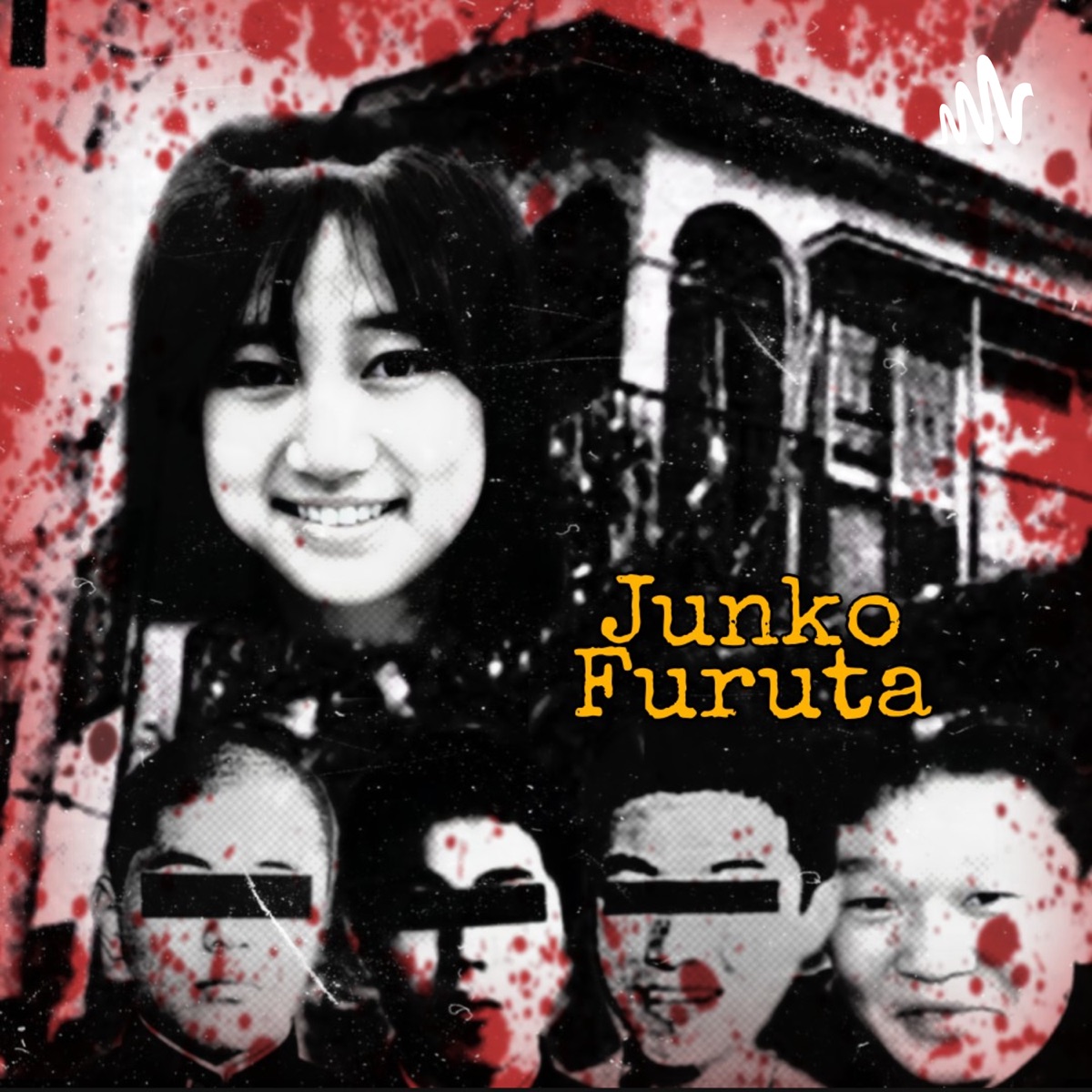Some stories are so dark, so haunting, that they linger in the collective memory of a nation for decades. The Junko Furuta story is one of those tales. It’s a narrative so tragic, so brutal, that it still sends shivers down the spines of those who hear it. This isn’t just a story; it’s a reminder of the darkest corners of human nature and the need for vigilance in society.
When you think about crime stories, you often imagine them as distant events, something that happens to someone else far away. But the story of Junko Furuta isn’t just another crime tale. It’s a chilling reminder of what can happen when young lives are corrupted and left unchecked. The events surrounding this case shocked Japan and the world, leaving an indelible mark on the nation’s psyche.
Before we dive into the details, it’s important to remember that this is a true story. The names, the events, and the emotions are real. This isn’t fiction; it’s history. And while it’s painful to revisit, it’s crucial to understand the circumstances that led to such a tragedy.
Who Was Junko Furuta?
Before she became a symbol of tragedy, Junko Furuta was an ordinary 14-year-old girl living in Japan. She had dreams, aspirations, and a life ahead of her. But in December 1988, everything changed. Junko’s life was tragically cut short by a group of boys who decided to play God. Her story has since become a cautionary tale about the dangers of unchecked power and the importance of accountability.
Biography of Junko Furuta
Let’s take a closer look at who Junko was. Below is a breakdown of her life in a simple table format:
| Full Name | Junko Furuta |
|---|---|
| Date of Birth | April 7, 1974 |
| Age at Time of Incident | 14 years old |
| Place of Birth | Kanagawa Prefecture, Japan |
| Occupation | Student |
| Date of Death | December 14, 1988 |
Junko was a bright student with a promising future. Her life was filled with the same hopes and dreams as any other teenager. But fate had other plans, and her story took a tragic turn that would leave the world in shock.
- Where Are They Now The Nyc Prep Cast Today Updates
- Dexter Resurrection Casting News Is Here Remar Returns
The Events That Shook Japan
On December 3, 1988, Junko Furuta’s life changed forever. She was walking home from a cram school when she was abducted by a group of teenage boys. What followed was a nightmare that unfolded over 44 days, during which Junko endured unimaginable horrors. The boys, aged between 14 and 16, kept her in a toolshed, torturing and abusing her daily.
What made this case even more shocking was the indifference shown by the perpetrators. They didn’t hide their actions; instead, they bragged about them to their peers. Some classmates even visited Junko in the toolshed, witnessing her suffering firsthand. Yet, no one came forward to report the crime.
Eventually, Junko succumbed to her injuries on December 14, 1988. Her body was later discovered, and the world was left reeling from the brutality of the crime.
Why This Case Matters
The Junko Furuta story isn’t just about one girl’s tragic death. It’s about the failure of society to protect its most vulnerable members. It’s about the need for better education, stricter laws, and a more compassionate community. This case exposed deep flaws in Japan’s juvenile justice system, leading to significant reforms in the years that followed.
- The case highlighted the lack of accountability for juvenile offenders.
- It sparked debates about the age of criminal responsibility.
- It raised questions about the role of schools and parents in preventing such crimes.
While these reforms were necessary, they came too late for Junko. Her story serves as a reminder of the importance of vigilance and the need to address systemic issues before they lead to tragedy.
Psychological Impact on Society
The psychological impact of the Junko Furuta case cannot be overstated. It left a deep scar on Japanese society, leading to increased fear and anxiety among parents and children alike. People began to question the safety of their communities and the effectiveness of the justice system.
Studies conducted in the wake of the case revealed that many Japanese citizens felt a heightened sense of insecurity. Parents became more protective of their children, and schools implemented stricter safety measures. But the emotional toll of the case was perhaps the most significant. The trauma of hearing about such a brutal crime left many people feeling vulnerable and helpless.
How the Media Covered the Story
The media played a crucial role in shaping public perception of the case. Newspapers and television stations covered the story extensively, often using graphic details to emphasize the brutality of the crime. While this helped bring attention to the issue, it also contributed to the widespread fear and anxiety felt by the public.
Some critics argued that the media’s focus on the sensational aspects of the case detracted from the broader societal issues it highlighted. However, others believed that the media’s role was essential in bringing about change and holding those responsible accountable.
Legal Repercussions
When the perpetrators were finally caught, the legal system faced a dilemma. The boys were minors, which meant they were subject to Japan’s juvenile justice system. Under this system, their identities were protected, and they could not be tried as adults. This sparked outrage among the public, who demanded justice for Junko and accountability for the perpetrators.
In response, the Japanese government made significant changes to the juvenile justice system. The age of criminal responsibility was lowered, and laws were introduced to increase transparency in juvenile cases. While these changes were necessary, they came too late for Junko and her family.
The Boys Involved
Let’s take a closer look at the individuals involved in the crime:
- Kensuke Ishikawa: The ringleader of the group, Ishikawa was known for his violent tendencies. He was eventually sentenced to 15 years in prison but served only 12 before being released.
- Shigeharu Okabe: Another key figure in the crime, Okabe was sentenced to 12 years in prison. He served his full sentence and was released in 2000.
- The Other Two Boys: The identities of the other two perpetrators were protected, but they too received significant sentences.
While justice was eventually served, many felt that the sentences were too lenient given the severity of the crime. This sentiment continues to fuel debates about the juvenile justice system in Japan.
Lessons Learned from Junko Furuta’s Story
The tragedy of Junko Furuta’s death taught the world valuable lessons about the importance of accountability, vigilance, and compassion. Below are some key takeaways:
- Accountability: Society must hold individuals accountable for their actions, regardless of age.
- Vigilance: Parents, teachers, and community members must remain vigilant in protecting vulnerable individuals.
- Compassion: We must approach such cases with empathy and a commitment to preventing future tragedies.
These lessons are as relevant today as they were in 1988. By learning from the past, we can create a safer, more just society for future generations.
The Role of Education in Prevention
One of the most significant factors contributing to the Junko Furuta case was the lack of education about consent, boundaries, and respect. Many experts believe that early education on these topics could have prevented the crime or at least reduced its severity.
Schools in Japan and around the world have since implemented programs aimed at teaching students about these critical issues. While progress has been made, there is still much work to be done. Education must remain a priority if we hope to prevent similar tragedies in the future.
What Parents Can Do
Parents play a crucial role in preventing such crimes. Below are some tips for parents:
- Talk openly with your children about consent and boundaries.
- Encourage them to speak up if they witness or experience abuse.
- Create a safe environment where they feel comfortable sharing their concerns.
By fostering open communication and education, parents can help protect their children and create a safer community for everyone.
Memorializing Junko Furuta
While no amount of memorials can bring Junko back, they serve as a reminder of the importance of justice and accountability. Memorials dedicated to her memory have been erected in Japan, and her story continues to be taught in schools as a cautionary tale.
These memorials not only honor Junko’s memory but also serve as a call to action for society. They remind us of the need to remain vigilant and compassionate, ensuring that no other child suffers the same fate.
How You Can Help
There are several ways you can help prevent future tragedies:
- Support organizations working to protect children’s rights.
- Advocate for stricter laws and better education.
- Stay informed about issues affecting vulnerable populations.
Every action, no matter how small, contributes to a safer, more just world.
Conclusion
The Junko Furuta story is a tragic reminder of the darkest aspects of human nature. It’s a tale of brutality, indifference, and the failure of society to protect its most vulnerable members. But it’s also a story of resilience, reform, and the enduring human spirit.
By learning from the past, we can create a better future. We must remain vigilant, compassionate, and committed to preventing such tragedies. Let’s honor Junko’s memory by working towards a world where every child can grow up safe and free from harm.
Share this story with others, leave a comment, and let’s continue the conversation. Together, we can make a difference.
Table of Contents


